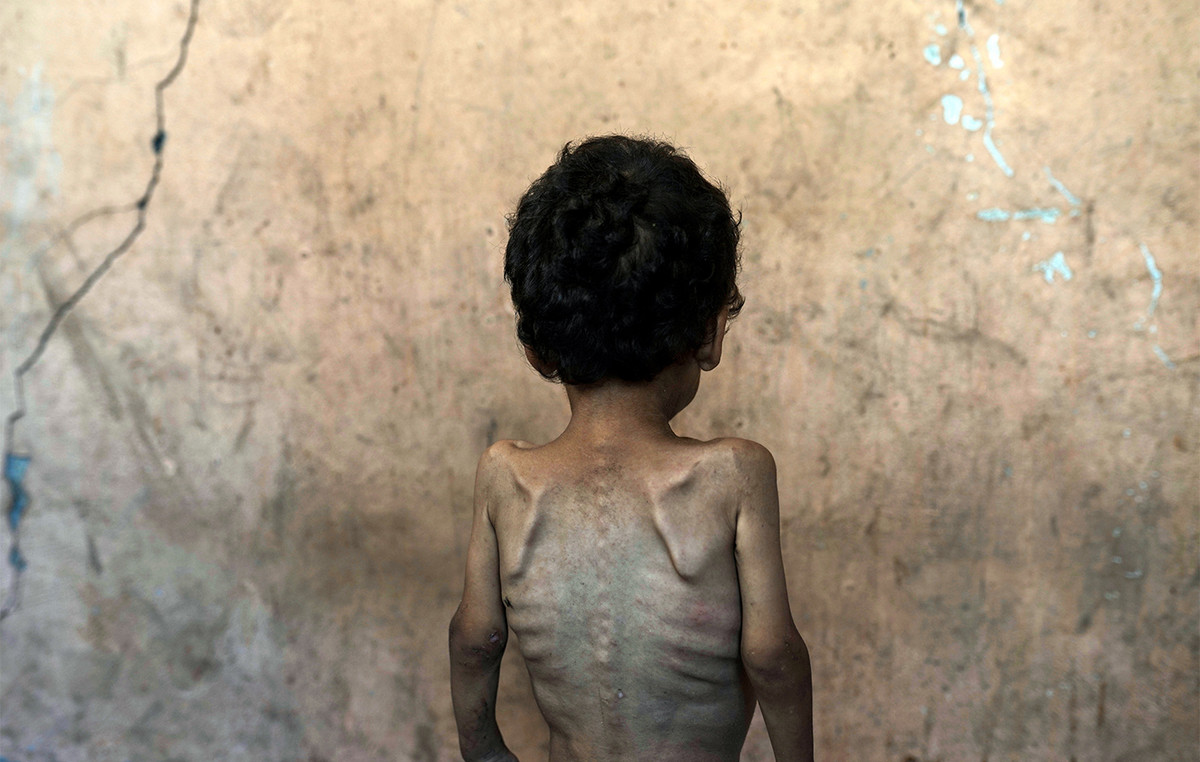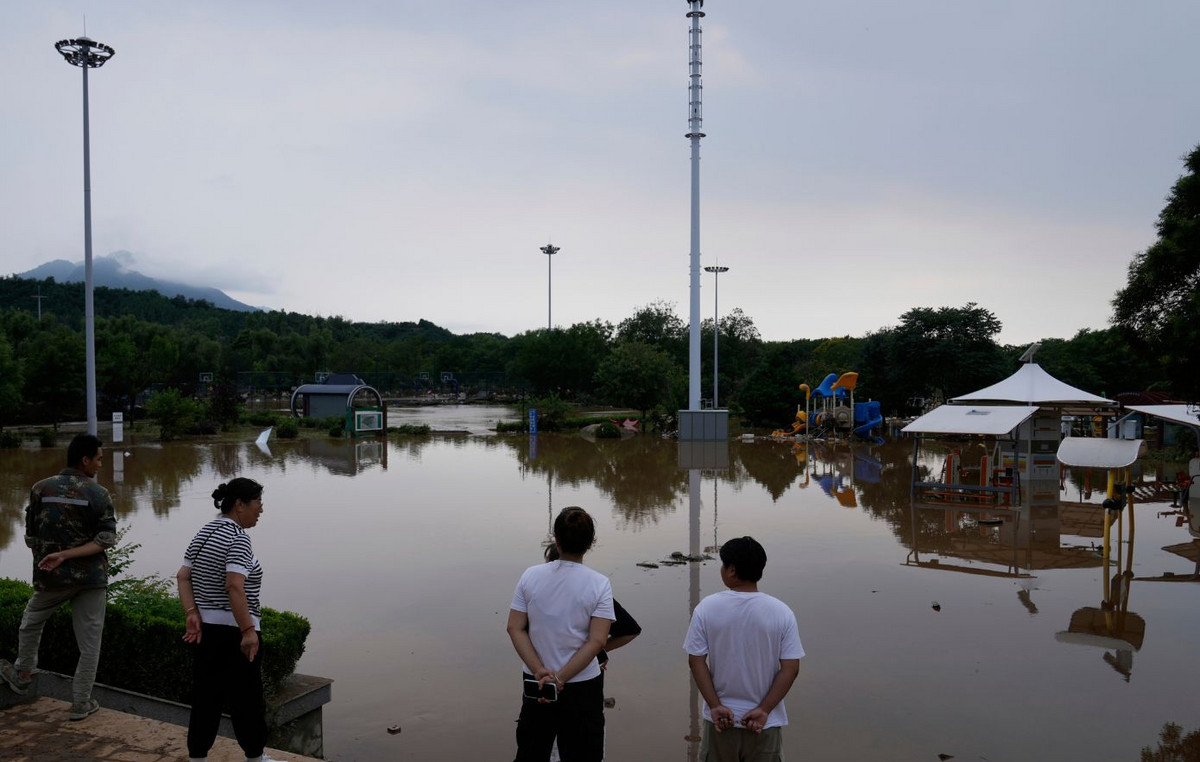populations of wild animals around the world had a average decline of 69% since 1970. tropical regions are the most affected by the loss of biodiversity. Between 1970 and 2018, monitored populations in the Latin America and Caribbean region shrank by 94% on average.
The data are from the new edition of the Living Planet Report of the WWF (World Fund for Nature) and the Zoological Society of London. The document warns that conservation efforts help, but that urgent action is needed to reverse the loss of nature and adopt integrated solutions.
With the aim of monitoring populations of mammals, birds, fish, reptiles and amphibians, the Living Planet Index (LPI) analyzed nearly 32,000 populations of wild species, comprehensively tracking how they are responding to pressures in their environment. environment.
Populations of monitored freshwater species have seen an alarming decline of 83% since 1970, more than any other species group. Habitat loss and barriers to migration routes account for about half of the threats to these populations, according to the report.
The document warns that the climate crisis and the loss of biodiversity are environmental problems that have impacts on the economy, development and security of societies. While developed countries are responsible for most of the environmental degradation, developing nations are disproportionately impacted by the loss of biodiversity.
What does the report say
Among 32,000 populations of 5,230 species from all over the planet analyzed by the WWF, the Amazonian dolphin (Inia geoffrensis) stood out as one of the most declining in recent decades.
According to the WWF, in addition to mercury contamination, these animals suffer from unintentional capture in nets, with retaliatory attacks for damage to fishing equipment and capture for use as bait in Piracatinga fishing.
The situation led to a 65% drop, between 1994 and 2016, in the population of pink dolphins in the Mamirauá Sustainable Development Reserve, in the state of Amazonas – one of the data used in the report. Another case documented by the group is the reduction of populations in the Amazonian trapeze, a region that includes the Javari Valley.
“The dolphins have a great ability to approach and interact with humans, which ends up generating situations of conflict with fishing activities that often end with the death of individuals of the species. Since they are mammals, just like us, they are also particularly affected by the pollution of mercury dumped into rivers by mining. High levels of mercury lead to the development of various health problems and this is a condition shared by river dolphins and riverine populations”, explains Mariana Napolitano, Science Manager at WWF-Brazil, in a statement.
Alongside the more than a thousand Brazilian species that make up the report, there are populations of the eastern lowland gorilla, which had an estimated decline of 80% in the Kahuzi-Biega National Park of the Democratic Republic of Congo between 1994 and 2019. Australian sea lion, the drop was 64% between 1977 and 2019.
“We are facing a dual global emergency caused by human actions: that of climate change and the loss of biodiversity, threatening the well-being of current and future generations,” said Marco Lambertini, director general of WWF International, in a statement. “WWF is extremely concerned about this new data which shows a devastating drop in wildlife populations, particularly in tropical regions that are home to some of the most biodiverse landscapes in the world.”
According to the study, monitored vertebrate populations are falling at a rapid pace, especially in tropical regions. In the case of freshwater populations, there was an average drop of 83%, the largest decline among the evaluated species groups. Habitat loss and barriers to migration routes account for about half of the threats to monitored migratory fish species.
The report indicates that the main drivers of decline in vertebrate populations worldwide are habitat degradation and loss, exploitation, introduction of invasive species, pollution, climate change and disease. Several of these factors played a role in the average 66% decline in populations in Africa, as well as the 55% decline in populations in Asia and the Pacific region.
Immediate actions
The report argues that increasing conservation and restoration efforts, producing and consuming food more sustainably, and rapidly and deeply decarbonizing all sectors can mitigate the dual global crisis. The authors call on policymakers and the private sector to accelerate the economic transition so that natural resources are properly valued.
The survey has been produced every two years by the WWF since 1998, with the aim of providing a comprehensive overview of the state of biodiversity conservation around the world. This year’s edition includes the largest dataset to date. In total, 838 new species were added (575 of which are from Brazil) and just over 11,000 new populations compared to the previous 2020 report.
WWF advocates that leaders commit to an agreement in December this year at the 15th Conference of the Parties to the Convention on Biological Diversity (CBD COP15).
“At the Biodiversity Conference (COP15) in December, leaders have the opportunity to redefine our relationship with the natural world, and secure a healthier and more sustainable future for all with an ambitious and nature-positive global biodiversity deal,” he said. Lambertini. “Given our growing crisis of nature, it is essential that this agreement provides immediate action in practice, including through a transformation of the sectors that drive the degradation of nature and financial support to developing countries”, he concludes.
Source: CNN Brasil
I am an experienced journalist and writer with a career in the news industry. My focus is on covering Top News stories for World Stock Market, where I provide comprehensive analysis and commentary on markets around the world. I have expertise in writing both long-form articles and shorter pieces that deliver timely, relevant updates to readers.







